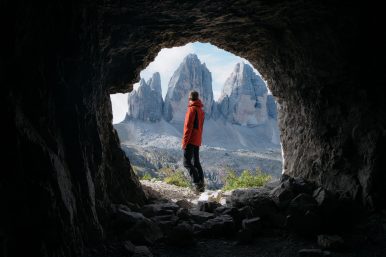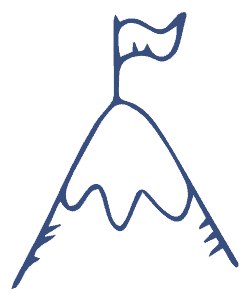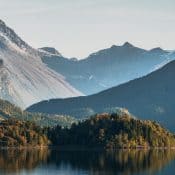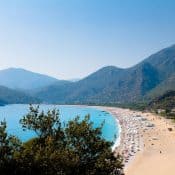Province of Cantabria in Spain
Tiny Cantabria in the northern part of the Iberian Peninsula, which can be covered in just an hour from north to south, gives a whole new perspective on Spain. The All in the Mountains team offers an endless view of Cantabria, with its pronounced mountainous terrain of the Cordillera Cantabrica, coastal valleys, evergreen hills, the beautiful coastline of the Bay of Biscay and deserted beaches. Everything here is imbued with serenity, confidence and boundless hospitality of the locals.
The province of Cantabria: A historical overview
The first people appeared here a long time ago, as evidenced by the rock paintings in the ancient caves and stone tools found by researchers. The first written mention of the country “cantabria” dates back to 195 BC. In Celtic the name of the province means “the people who live in the mountains”. The surviving ancient manuscripts describe the Cantabrian people as a warlike, courageous, and freedom-loving people. The fearlessness of the Cantabrian warriors was skillfully used by Roman commanders during the Second Punic War. After the fall of the Roman Empire, the territory was conquered by the Visigoths, headed by Leopoldvig, who established the Duchy of Cantabria here. A few centuries later (739-757) Pedro of Cantabria declared a small enclave in these territories that maintained its independence from the Moors, the Kingdom of Asturias. During the Reconquista, Asturias was renamed the Kingdom of Leon, and then annexed to the Kingdom of Castile. The modern autonomous community was formed in 1981.
The province of Cantabria: Geography and climate
The province is located on the so-called Cantabrian Cornice. Therefore, almost all of its territory is dominated by a mild maritime climate with a characteristic moderately hot summer and warm winter. The water temperature on the coast of the region ranges from +15 in winter to +25 in summer.
Cantabria is divided into three geographical zones. The coastal “La Marina” is characterized by a fairly mild climate and a rocky terrain. Even during the winter months the temperature does not drop below zero here. The mountainous “La Montagne” is characterized by lower temperatures and higher altitudes (from 1000 to 2500 m). “Campo and the southern valleys” stands out sharply from the previous two zones. It is dominated by low hills and wide valleys. On the border between Cantabria and Castile-Leon is the highest point of the province, the Torre de Cerredo mountain (2648 m).




